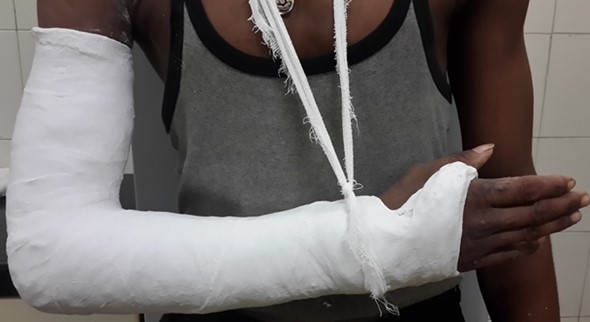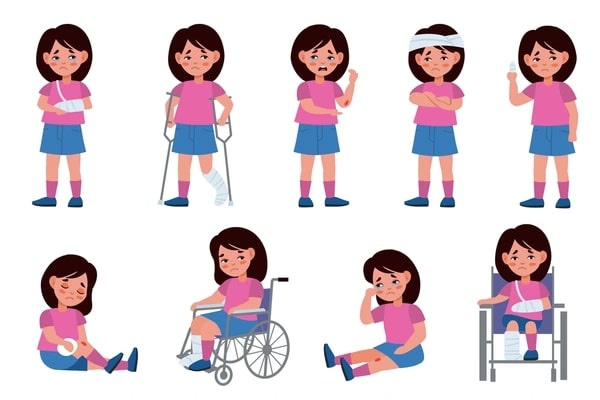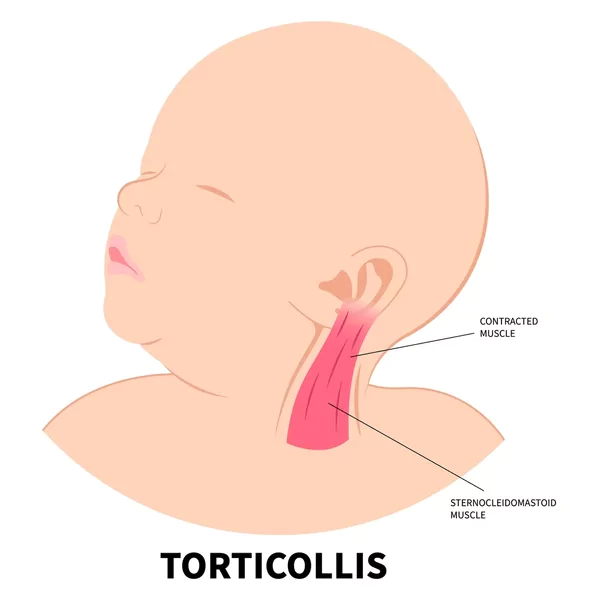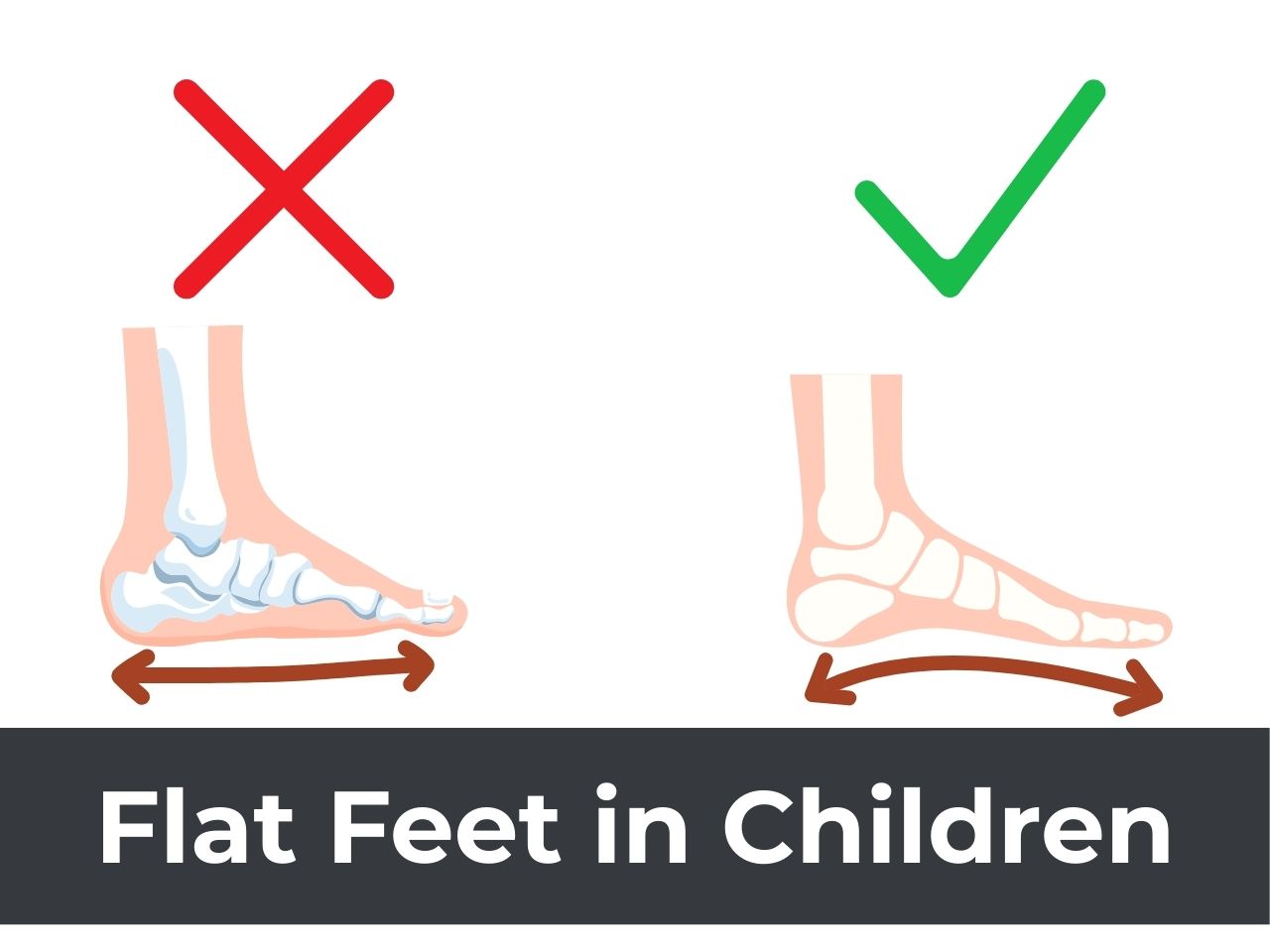Tips to Caring for Your Child’s Plaster Cast
Children are full of boundless energy and enthusiasm, but accidents do happen. If your little one finds themselves with a broken bone, a plaster cast might become their new temporary accessory.
As a parent, it’s essential to know how to care for your child’s plaster cast to ensure a smooth recovery process.
In this article, we’ll walk you through everything you need to know about caring for a plaster cast applied to your child.

Figure 1: POP Plaster Cast

Figure 2: Fiberglass Cast
1. Understanding the Cast:
Before diving into the care instructions, it’s important to understand the different types of plaster casts. There are two main types: traditional plaster casts and fiberglass casts.
Traditional plaster casts are heavier and take longer to dry, while fiberglass casts are lightweight and dry quickly. Your child’s doctor will decide which type of cast is most appropriate for their injury.
2. Follow Medical Advice:
Listen carefully to your child’s doctor or healthcare professional when it comes to cast care instructions.
It is necessary to keep the cast dry. Moisture can weaken the cast and cause skin irritation or infections. Use a plastic cast cover or a plastic bag sealed with tape when your child is bathing.
Remind them to avoid swimming or playing in water during the healing process, as this could compromise the cast’s integrity.
4. Avoid Objects Inside the Cast:
Children can be curious, but it’s important to emphasize that nothing should be inserted inside the cast. This includes pencils, rulers, or any other objects. Such items can lead to discomfort, skin irritation, and even infection.
If your child complains of itching, try using a hairdryer on the cool setting to provide relief.
5. Clothing Choices:
Opt for loose-fitting clothing to prevent friction against the cast. Tight clothes can cause irritation and discomfort. For upper limb casts, wearing T-shirts can be cumbersome.
Shirts with open buttons in the front are more comfortable.
6. Elevating and Moving:
If your child’s casted limb is elevated, it can help reduce swelling. Additionally, encourage gentle movements of the fingers or toes to prevent stiffness.
Follow the doctor’s recommendations for any exercises that can be done without compromising the cast.
7. Watching for Signs of Trouble:
Keep an eye out for any warning signs. If you notice an increase in pain, foul odour, severe itching, or any redness and swelling around the cast, contact your healthcare provider immediately.
These could be signs of infection or other complications that need prompt attention.
Increase in pain, finger swelling, finger discolouration are signs of tight plaster. Contact your healthcare provider immediately in case of above.
Also keep a watch at the edges of the cast. Sometimes, the sharp edges of the cast can cut the skin, in which case the cast edges need to be trimmed.
8. Follow-up Appointments:
Regular follow-up appointments with the doctor are essential. They will monitor the healing process and assess the condition of the cast.
Be sure to attend these appointments on time and ask any questions you may have about your child’s recovery.
Conclusion:
Caring for a plaster cast applied to your child requires attention to detail, patience, and communication.
By following the medical advice provided by professionals, keeping the cast dry, and being vigilant for any issues, you can help ensure a smooth recovery journey for your little one.
Remember, with your support and care, they’ll be back on their feet and ready to play again in no time.
At Pinnacle Orthocentre Hospital, we understand the unique needs of pediatric patients and provide comprehensive treatment for fractures in children.






0 Comments